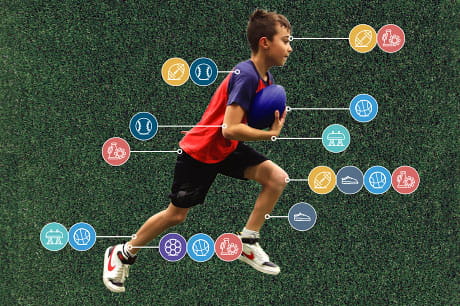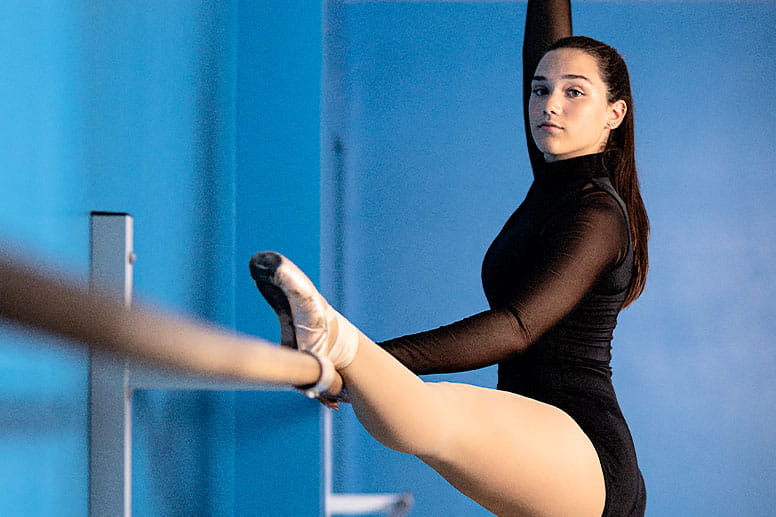Stay safe and active with low-impact exercise
Soothe sore joints and stay in shape
Staying active with regular exercise is an important part of overall wellness. But if you’re just getting started, recovering from an injury or dealing with the effects of aging, you might be looking for options that get you in shape without excess stress on the joints.
“Exercise, good nutrition and ample sleep are vital for whole-body health,” said Joanna Kraynak-Appel, D.O., Geisinger family medicine physician. “But we often dive into fitness head first, putting a lot of strain on our bodies and potentially causing problems down the line.” Instead, a low-impact workout might be just what the doctor ordered.
But these don’t have to be your grandmother’s workouts—low-impact exercise is more popular than ever, thanks to an explosion in group fitness classes and new workout formats inspired by our diverse needs.
But first, what is low-impact exercise?
When it comes to exercise, impact is measured by the stress it puts on your joints, rather than the amount of contact you make. High-impact activity is more than just sports like football or hockey; It also encompasses activities like running and gymnastics that involve jerking movements or hard landings.
Low-impact exercise involves more fluid movements or softer surroundings, but that doesn’t mean they are always easier.
“Exercises that demand more balance or flexibility can be just as difficult for many athletes. It’s always good to keep low-impact options as part of your regimen,” said Dr. Kraynak-Appel.
The Benefits
Regular exercise has a myriad of benefits, from improved endurance and muscle strength to flexibility, pain reduction and heart health. It also trains your joints to remain stable and can help prevent bone fractures.
Low-impact exercise has all of these benefits, but involves less deteriorating impact on knees, hips, shoulders and elbows. However, it’s still important to vary your workouts to keep all of your muscle groups challenged. Plus, a low-impact regimen isn’t for everyone.
“Those who are young and healthy should continue to practice a bit of high-impact exercise as it encourages even more joint stability,” said Dr. Kraynak-Appel. “But always practice in moderation.”
The Options
There are a handful of workouts and modifications you can try to stay active while protecting joints.
- Yoga: Yoga incorporates body-weight exercises and balance tests that will challenge your body. It’s great for those looking to improve flexibility as well as strength. Plus, it can alleviate joint pain.
“If your yoga practice begins to feel stagnant, you can also try something as simple as incorporating weights into your routine, or trying a fusion practice like Pilates,” said Dr. Kraynak-Appel.
- Swimming: Pools aren’t just for lounging around in. Swimming laps or taking water aerobics classes eliminates the impact of treadmills or stair masters while introducing the added resistance of water displacement.
"Swimming requires the use of all muscle groups, and is also great for improving lung function,” said Dr. Kraynak-Appel.
- Cycling: If you love the adventure of running but are struggling with pressure on your knee, biking is a great option. It can still be done outside or in the gym during those grueling winter months. Plus, as a top trend in group fitness, there are plenty of indoor cycling options to go around.





